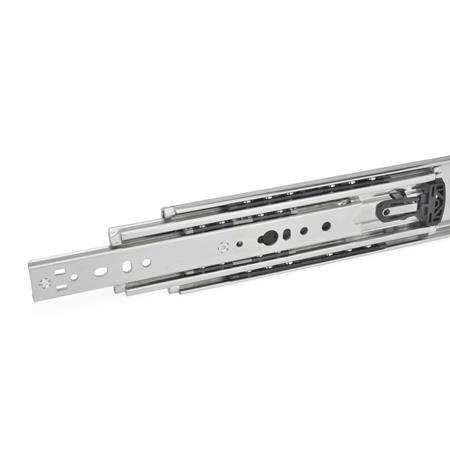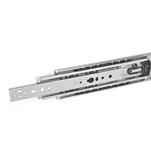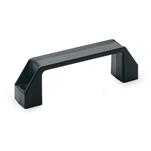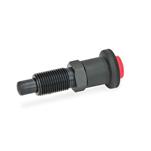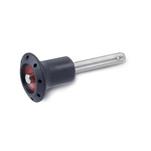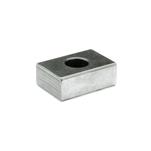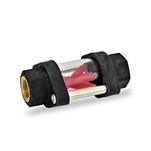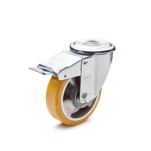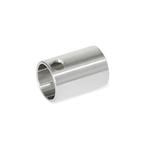Product description
Telescopic slides GN 1440 are installed vertically and in pairs. The stroke reaches ≈100 % of the nominal length l1 (full extension). Patented plastic ball cages ensure extremely smooth running of the slide.
Telescopic slides of various types, for example, with and without latch, can be combined freely, which is why GN 1440 is delivered as a single unit and not in pairs. Thanks to the symmetrical design, all types can be installed on either the right or left side on the extension.
All mounting holes are easy to reach through auxiliary holes. Only the mounting holes are shown, but other production-related holes may be present.
Specification
Slide profile
Steel, Zinc plated, blue passivatedZB
Bearings
Roller bearing steel, hardened
Ball cage
Plastic
Latches
Zinc die casting / Plastic
Rubber stop
Plastic / Elastomer
Operating temperature -20 °C to 100 °C
RoHS
On request
Other lengths and hole spacing
Other attachment options
Other surfaces

